| |
Traceability and Tags for Sheep | |
| |
|
|
| |
|
|
| | Traceability
raceability is the ability to follow an item or a group of items - be it animal, plant, food product or ingredient - from one point in the supply chain to another, either backwards or forwards. Globally traceability systems are important tools that can be used for the protection of animal health, public health and food safety. They can help reduce response time which limits the economic, environmental and social impacts of emergency situations such as disease outbreaks.
Livestock traceability systems are based upon three basic elements: animal identification; premises identification; and animal movement.
Canadian traceability:
Traceability in Alberta:
Traceability and Sheep Identification
Since 2004 it has been mandatory that all sheep and lambs be tagged with a Canadian Sheep Identification Program (CSIP) approved ear tag before they leave their farm of birth.
Originally the CSIP tag was a small, pink metal visual tag. It had the advantage of being inexpensive but it was difficult and time-consuming to read. As a result there was limited use of the tags particularly beyond the farm gate. Under the Canadian Livestock and Traceability Program new, efficient tag technology were evaluated and approved. There continue to be improvements based on changes in tag technology, price and performance. Older tags have been phased out.
Since 2010 ear tags for sheep have been RFID (radio frequency identification) tags. There are currently two approved ear tags for use in sheep in Canada.
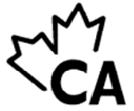 The Canadian Cattle Identification Agency (CCIA) is currently the administrator of the sheep component of the National Livestock Identification and Traceability Program. All sheep tags are approved ‘animal indicators’ under the program and bear this trademark. The Canadian Cattle Identification Agency (CCIA) is currently the administrator of the sheep component of the National Livestock Identification and Traceability Program. All sheep tags are approved ‘animal indicators’ under the program and bear this trademark.
Ear tags unique to Canada have 124 000 as the first six digits of the official electronic identification (EID) number on the transponder in the tag. The first six digits may or may not be printed on the tag.
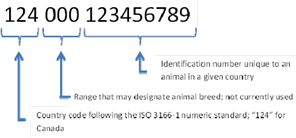
CSIP RFID tags for sheep
CSIP RFID tags are currently manufactured by Allflex and Shearwell. The industry, manufacturers and governments work together in approving tags that are affordable; lightweight enough for baby lambs; electronically and visually readable; have good retention rates; and are tamper-evident (not re-useable).
Allflex Tag (button type)
- two-part set, be sure numbers on both match |  | Shearwell ASET Tag (loop or hairpin type) -put tag on top of ear, leave room for growth |
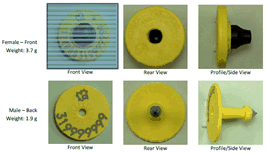 |  | 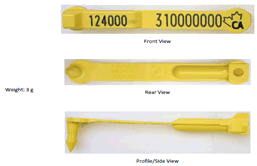 |
CSIP tags can be purchased as single tags or as ‘paired’ sets (both tags have the same, matching number). Some producers use two tags to assure identity in the event of a lost tag. Double tagging is a requirement for purebred sheep and for animals in, or moving into, the province of Quebec. Many commercial producers use a visual, non-electronic dangle tag along with the CSIP tag for ‘back-up’ in the event of a lost tag and also for visual reading at a distance.
In Alberta CSIP tags are only available at Canadian Cooperative Woolgrowers 403-327-3760
Quick Tips
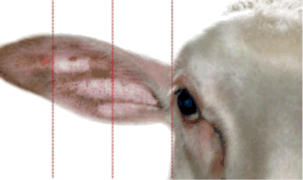
- Follow manufacturer’s directions for best tag retention:
- Use correct tag applicator supplied with tags by manufacturer. As tags change so do applicators.
- Tags should be applied in the first 1/3* of the ear, close to the head.
- Tags should be applied between the cartilages (ribs) of the ear.
- The transponder should be on the correct side of the ear.
- Tags are made of modern, permeable plastics. It’s important to follow the manufacturer’s directions for storing RFID tags correctly.
- For optimum electronic reading of RFID tags the animal must have only one RFID tag. More than one tag impairs readability.
- Experience has shown that CSIP RFID should all be one colour. If the tag isn’t yellow it isn’t a CSIP tag.
- At tagging apply RFID tags to the animal’s right ear. Having CSIP RFID tags all in one ear reduces time searching for tags and simplifies reading all the way from the farm to the processor.
For RFID tagging videos go to: www.cansheep.ca |
|
| |
|
|
| |
This document is maintained by Amrit Matharu.
This information published to the web on July 20, 2016.
Last Reviewed/Revised on August 3, 2018.
|
|